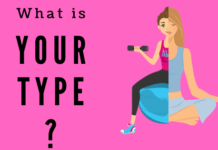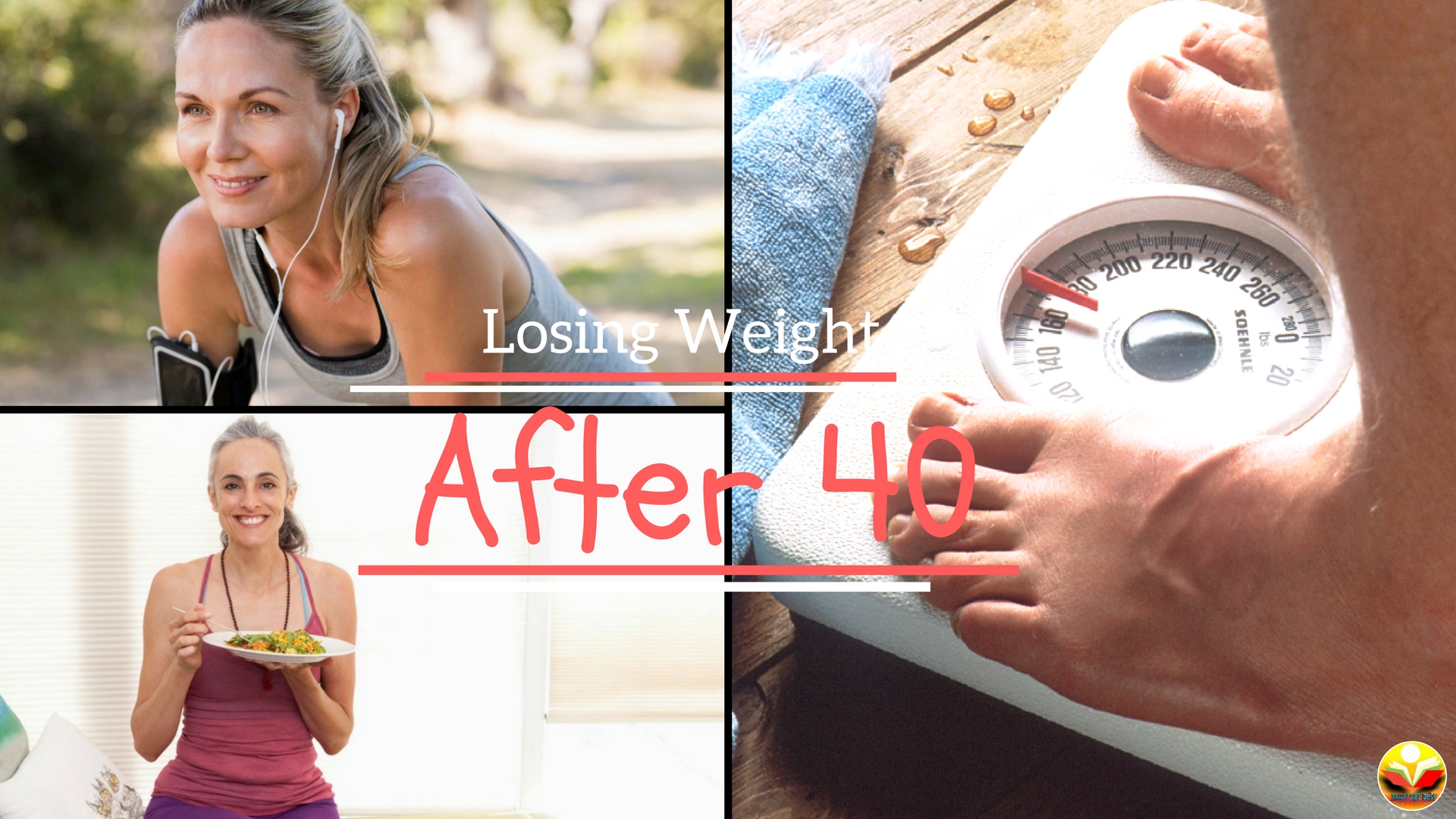Staying young isn’t just about maintaining a youthful appearance; it’s also about preserving vitality, mobility, and overall well-being as we age. Exercise plays a crucial role in promoting physical and mental health, enhancing longevity, and slowing the aging process. In this comprehensive guide, we’ll explore the best exercises to stay young, examining the science behind their benefits, practical tips for incorporating them into your routine, and how they contribute to a vibrant and active lifestyle.
5 Different Types of Personal Fitness Training – What is Your Type?
Understanding the Aging Process:
Before delving into the best exercises to stay young, it’s essential to understand how aging affects the body. Aging is a natural process characterized by a gradual decline in physiological function and cellular integrity, leading to changes in muscle mass, bone density, metabolism, and cognitive function. While aging is inevitable, certain lifestyle factors, including diet, exercise, and stress management, can influence the rate at which we age and the quality of life we experience as we grow older.
Benefits of Exercise for Healthy Aging:
Exercise offers a myriad of benefits for healthy aging, impacting both physical and mental aspects of well-being. Some of the key benefits of exercise include:
- Improved Cardiovascular Health: Regular exercise strengthens the heart, lowers blood pressure, and improves circulation, reducing the risk of heart disease, stroke, and other cardiovascular conditions.
- Enhanced Muscle Strength and Function: Strength training exercises help maintain muscle mass, strength, and function, preventing age-related muscle loss (sarcopenia) and promoting mobility and independence.
- Increased Bone Density: Weight-bearing exercises, such as walking, jogging, and resistance training, stimulate bone formation and help maintain bone density, reducing the risk of osteoporosis and fractures.
- Better Joint Health and Flexibility: Flexibility exercises, such as yoga and stretching, improve joint mobility, flexibility, and range of motion, reducing the risk of injury and enhancing mobility and balance.
- Weight Management: Regular physical activity helps control body weight, reduce visceral fat, and improve metabolic health, lowering the risk of obesity, type 2 diabetes, and metabolic syndrome.
- Mood Enhancement: Exercise stimulates the release of endorphins, neurotransmitters that promote feelings of happiness and well-being, reducing stress, anxiety, and depression, and improving overall mood and mental health.
- Cognitive Function: Physical activity has been linked to improved cognitive function, memory, and brain health, reducing the risk of age-related cognitive decline and dementia.
9 Effective and Proven Ways to Lose Weight after 40
Best Exercises to Stay Young:
Now that we understand the importance of exercise for healthy aging let’s explore some of the best exercises to stay young and vibrant as you age:
- Cardiovascular Exercise: Aerobic or cardiovascular exercise is essential for maintaining heart health, improving endurance, and boosting overall vitality. Activities such as walking, jogging, cycling, swimming, and dancing are excellent choices for cardiovascular exercise. Aim for at least 150 minutes of moderate-intensity aerobic activity or 75 minutes of vigorous-intensity activity per week, spread out over several days.
- Strength Training: Strength training exercises help build and maintain muscle mass, strength, and bone density, reducing the risk of age-related muscle loss and osteoporosis. Include exercises that target major muscle groups, such as squats, lunges, push-ups, and weightlifting. Aim for at least two days of strength training per week, incorporating a variety of exercises and resistance levels.
- Flexibility and Balance Exercises: Flexibility and balance exercises are crucial for maintaining joint health, mobility, and stability, reducing the risk of falls and injuries. Incorporate activities such as yoga, Pilates, tai chi, and stretching into your routine to improve flexibility, balance, and coordination. Focus on gentle, controlled movements and gradually increase the intensity and duration over time.
- Interval Training: High-intensity interval training (HIIT) involves alternating between short bursts of intense exercise and brief periods of rest or lower-intensity activity. HIIT workouts are efficient and effective for improving cardiovascular fitness, metabolism, and overall conditioning. Incorporate HIIT workouts into your routine 1-2 times per week, alternating with other forms of exercise for variety and balance.
- Mind-Body Exercises: Mind-body exercises focus on the connection between the mind and body, promoting relaxation, stress relief, and mental well-being. Activities such as yoga, meditation, and qigong combine gentle movements, breathwork, and mindfulness practices to reduce stress, improve mood, and enhance overall resilience. Practice mind-body exercises regularly to cultivate a sense of calm, balance, and inner peace.
Fitness Tips which can Make You Healthy
Practical Tips for Incorporating Exercise into Your Routine:
To reap the full benefits of exercise for healthy aging, consider the following practical tips for incorporating physical activity into your daily routine:
- Set Realistic Goals: Start with realistic and achievable goals based on your current fitness level, health status, and personal preferences. Gradually increase the intensity, duration, and frequency of your workouts over time as your fitness improves.
- Find Activities You Enjoy: Choose activities that you enjoy and look forward to, whether it’s walking in nature, swimming, dancing, or practicing yoga. Experiment with different forms of exercise to find what works best for you and keeps you motivated and engaged.
- Stay Consistent: Consistency is key to seeing results from your exercise routine. Schedule regular workouts into your weekly calendar and treat them as non-negotiable appointments. Find ways to stay accountable, whether it’s exercising with a friend, joining a group class, or tracking your progress.
- Listen to Your Body: Pay attention to your body’s signals and adjust your workout intensity or duration accordingly. If you experience pain, fatigue, or discomfort, take a break, and seek guidance from a healthcare professional if necessary.
- Stay Hydrated and Fuel Your Body: Drink plenty of water before, during, and after exercise to stay hydrated and replenish fluids lost through sweat. Eat a balanced diet rich in nutrients to fuel your workouts and support muscle recovery and repair.
- Prioritize Recovery: Allow time for rest, recovery, and relaxation between workouts to prevent burnout and injury. Incorporate rest days into your routine and engage in activities that promote recovery, such as gentle stretching, foam rolling, or meditation.
- Stay Positive and Have Fun: Maintain a positive mindset and celebrate your progress and achievements along the way. Remember that exercise is not just about physical fitness but also about enjoying the process and feeling good in your body and mind.
Conclusion:
In conclusion, exercise is a powerful tool for staying young, healthy, and vibrant as you age. By incorporating a combination of cardiovascular, strength, flexibility, balance, and mind-body exercises into your routine, you can improve your physical fitness, mental well-being, and overall quality of life. Whether you’re walking, lifting weights, practicing yoga, or dancing, find activities that bring you joy, challenge you, and support your long-term health and vitality. With consistency, commitment, and a positive attitude, you can embrace the aging process with grace and continue to thrive at any age.












